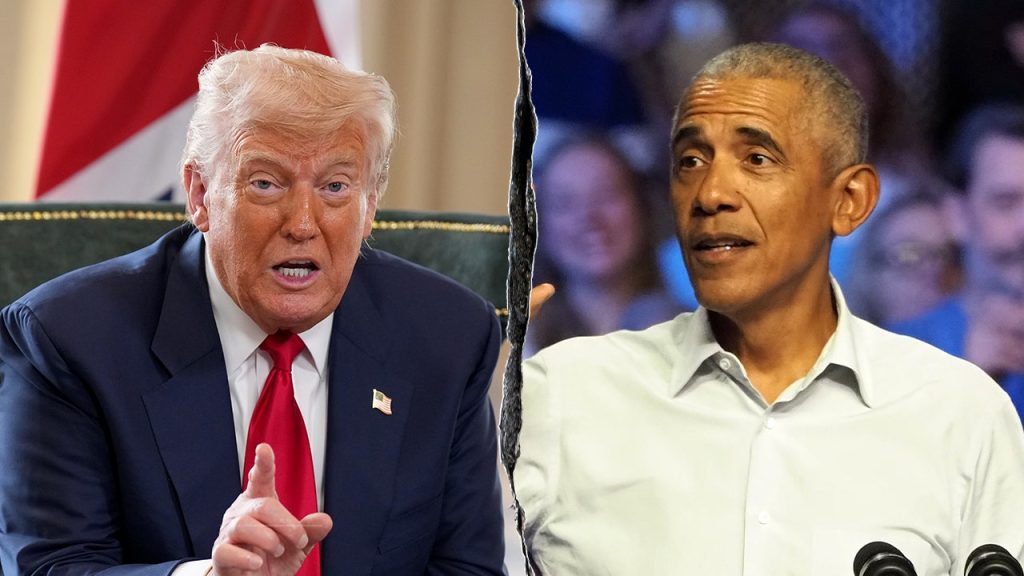Different Approaches to Government Shutdowns: Obama vs. Trump
When two presidents face similar challenges, their leadership styles often reveal themselves in stark contrast. Such was the case with the government shutdowns under Presidents Barack Obama and Donald Trump. Though both men occupied the same office and dealt with congressional impasses that shuttered federal operations, their handling of these crises reflected fundamentally different approaches to governance, public perception, and political strategy.
Obama’s 16-day shutdown in 2013 and Trump’s recent 43-day closure, while both entangled with healthcare policy debates, showcased different playbooks. Obama positioned himself at the center of the shutdown drama, making the consequences highly visible to ordinary Americans. His administration quickly erected barricades around Washington D.C.’s national monuments and parks nationwide, creating powerful visual symbols of government dysfunction. As Romina Boccia, director at the CATO Institute, observed, Obama’s approach seemed designed to “make it extremely visible, shut down beloved functions—even if you didn’t have to—that affect average Americans.” This strategy amplified public awareness of the shutdown’s impact, placing pressure on Congress through citizen frustration.
In contrast, Trump maintained a more detached posture during his administration’s recent 43-day shutdown, the longest in American history. Rather than highlighting the closure’s effects on everyday citizens, his team, led by Office of Management and Budget Director Russ Vought, focused the pain inward on the government itself—ordering mass firings of furloughed workers and withholding billions in federal funding to Democratic-leaning states and cities. Throughout the shutdown, Trump continued his regular presidential activities, including high-profile international trade discussions during an Asia visit, suggesting business as usual despite the crisis at home. Brittany Madni of the Economic Policy Center characterized Trump’s approach: “He was doing his job. Meanwhile, congressional Democrats, quite simply, were not.”
Interestingly, Obamacare formed a common thread between both shutdowns, though from different angles. The 2013 shutdown resulted from Republican efforts to dismantle Obama’s signature healthcare legislation, which naturally placed Obama at the forefront of the fight. “He was front and center in the media talking about the shutdown, and because it was over his legacy achievement,” Boccia explained. The recent shutdown under Trump involved Senate Democrats pushing for extensions to enhanced Obamacare subsidies, among other demands. Since healthcare policy wasn’t Trump’s legislative priority in the same way it was for Obama, this may explain his more hands-off approach to the congressional battle.
Political experts disagree, however, about whether Democrats were directly targeting Trump’s legislative accomplishments during the recent shutdown. Some argue the battle was broader than just healthcare subsidies. Madni contended that Democrats offered a counter-proposal that would have undermined key provisions of Trump’s “big, beautiful bill,” which he considers his second term’s crowning achievement to date. “It’s really important that everyone remembers the subsidy request was one request in a laundry list of radical, incredibly expensive ideas that added up to $1.5 trillion,” she noted, suggesting Democrats were using the shutdown as leverage against Trump’s agenda rather than simply focusing on healthcare subsidies.
The different approaches to these shutdowns reveal broader truths about each administration’s governance philosophy. Obama, believing in the power of government to improve lives, wanted citizens to feel the shutdown’s impact as a way to demonstrate government’s importance. His strategy aimed to mobilize public opinion against congressional opposition. Trump’s approach reflected his outsider stance toward Washington institutions, treating the shutdown as primarily a Beltway problem while positioning himself as continuing to deliver on other fronts despite congressional dysfunction. Both strategies, tailored to each president’s base and broader political narrative, demonstrate how even similar governmental crises can become vehicles for reinforcing distinct political identities.
What perhaps remains most consistent across both shutdowns is how they reveal the increasing polarization of American politics. Despite occupying the same office and facing similar challenges, these two presidents approached government shutdowns in ways that reflected and reinforced their opposing political worldviews. While Obama sought to demonstrate government’s essential role in American life by highlighting the shutdown’s consequences, Trump emphasized his ability to function despite Washington gridlock. These contrasting approaches didn’t just reflect personal leadership differences—they spoke to fundamental disagreements about the proper scope, visibility, and function of federal government in twenty-first century America.


